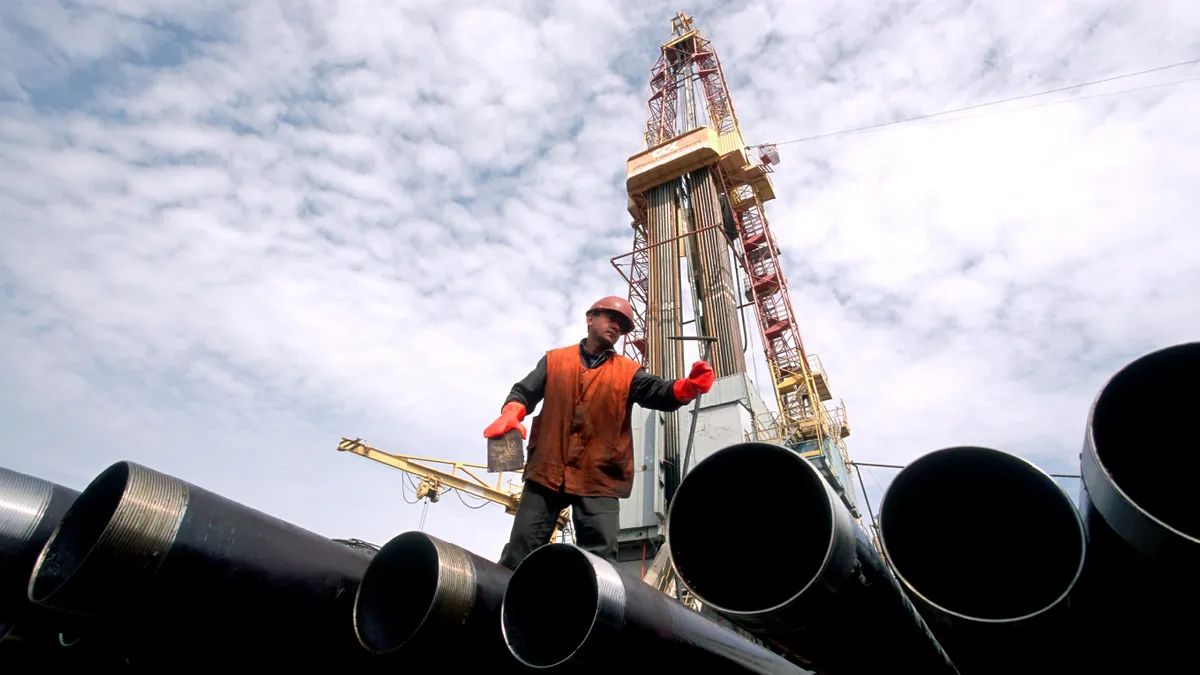Dive Brief:
- Duke Energy Carolinas expects the annual energy consumption growth rate for all customers in its service territory to be 1.1% across the next 15 years—lower than the estimated 1.2% the utility anticipated a year ago, according to The Charlotte Observer.
- Commercial demand, driven by offices, education and retail businesses, is Duke's fastest growing customer class with a projected annual growth rate of 1.3%. However, the utility said energy efficiency measures would lower its growth rate to about 1% overall.
- The utility filed its long-term Integrated Resource Plan this month and continues to eye construction of a new nuclear plant in South Carolina, expecting to receive a construction and operating license for the W.S. Lee Nuclear Station by the end of the year.
Dive Insight:
Duke Energy sees slowing demand growth in the Carolinas, but its long-term outlook still finds a need for additional nuclear and gas along with expanding the amount of renewable power on its system.
In addition to pursuing a license for a new nuclear plant in South Carolina, the utility is working to complete three gas projects, including a combined cycle plant in Anderson County, S.C., with a nameplate capacity above 650 MW. Two other plants with a combined capacity of roughly 1,700 MW would come online in 2023 and 2025 and locations yet to be determined.
Duke also wants to boost solar energy resources on its system from 735 MW in 2017 to 2,168 MW in 2031. But the utility also made a point of highlighting renewable energy's limitations.
"While the company is aggressively pursuing solar as a renewable resource, the 2016 IRP recognizes and plans for its operational limitations," Duke said in its filing. "Solar energy is an intermittent renewable energy source that cannot be dispatched to meet changing customer demand during all hours of the day and night or through all types of weather."
Over the planning period, Duke expects annual residential load growth of 1.2%, and industrial growth of 0.9%.The utility said it also continues to look for opportunities to get more from existing resources, and expects to complete uprates to each unit of its Bad Creek pumped storage facility in the 2020–2023 timeframe. Each uprate is expected to provide an additional 46 MW to each unit, Duke said.
Looking at demand side management resources, Duke said it anticipated savings rising from 547 MW next year to 1,130 MW in 2031 thanks to aggressive marketing campaigns.














